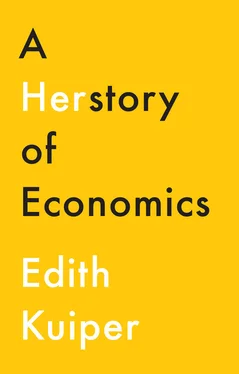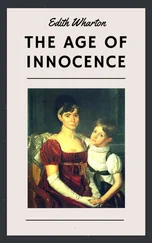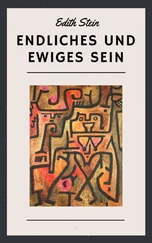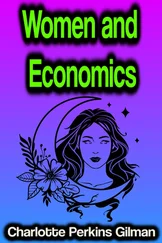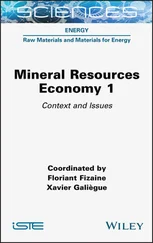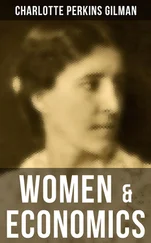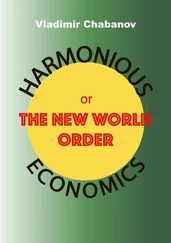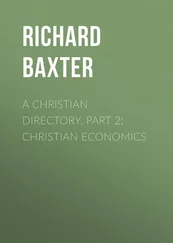By the 1980s, the absence of women and their economic interests had become a defining part of economic scientific reasoning, norms, and values that seemed to be confirmed by facts and other empirical evidence. Rational Economic Man, the central character in economic theory, was considered as generic in describing humans’ behavior, men and women alike. The analysis of labor market behavior was based on that of men only, but that limitation was not problematized. Women’s economic behavior, on the other hand, was assumed to be captured by the analysis of “family behavior,” and those who invested their career in research on women’s economic behavior were pushed to the fringes of the discipline. More generally, economic behavior and agency were defined by a conceptualization of rational behavior – choosing between two best options based on your own self-interest – that was associated with American notions of masculinity. It was when finally, as an increasing number of women and feminist economists entered economics departments and published their research in established economic journals, that women came to the table, asked their questions, and pursued them in search of answers.
Before we turn to the structure of the book, I would like to take a step back and discuss some basic notions that might be new to some. Underlying the focus on women’s economic writing, for instance, is the question of what being “a woman” means for their writing and to what extent their gender determines what they write. To answer this question in the context of this book, let us start with dissecting the concepts “woman” and “man.” These two terms are less straightforward and obvious in their meaning than most of us think and have been taught. In daily life, women and men are often seen as obviously different, not least because women give birth and men do not. Some people view women and men as so different that they are opposites, albeit complementary to each other; in this view, women are emotional and men are rational, women are weak and need protection, and men are strong – “real men” because they protect “their woman.” This implies more or less that women and men cannot live without each other and are even seen by some as, together, merging as one individual. Think, for instance, of how married couples were, and sometimes still are, addressed as Mr. and Mrs. John Jones. This set of ideas pairs with an understanding of the differences between women and men as “natural” or mainly biologically based.
Research and experience over the past few decades, however, have contradicted this view of the differences between women and men. Women and men are not opposites – as in A and not-A – but can be perceived as being on a spectrum with respect to their DNA, physical reproductive organs, and their individual experience of gender identity (Reis, 2009). Some of us are very feminine; others have various traits traditionally considered masculine or identify as men despite being raised as women. The wide variety of gender identities cannot be captured using a binary; on the contrary, trying to do that is harmful, particularly to those who do not “fit.” To be clear, we are not talking here about “sexual orientation.” Sexual orientation refers to who you are sexually attracted to; if you are heterosexual, gay, pan-, bi- or a-sexual. That is a separate matter, which I would like to leave aside for now. Let me also clarify that men, who have masculine biological traits (DNA and hormones) do not, of course, “naturally” show signs of toxic masculinity, such as dominating and assaulting women. How one deals with being a man is a matter of nurture, not nature. Even though some try to claim that assaulting women is a “natural” thing to do, such behavior in no way makes them a “real” or “good” man.
Feminist scholars have found that ideas of what it means to be “a good man” or “a real woman” differ from country to country, from culture to culture, and from century to century. They differ even between groups of people. Among American football players, for instance, it is considered very masculine to be physically strong, to not mind getting hit hard, and to engage in strong teamwork. These are not the same qualities seen as manly by economists. What is seen as “tough,” “cool,” and “hot” in the field of economics is, for instance, coming up with smooth and “charming” solutions or complex mathematical models all by oneself and beating one’s competitor on the magnitude of a variable. So feminist scholars unlinked “gender” from “sex difference,” which meant that gender could be investigated separately from biology. Feminist economist Julie Nelson describes gender as “the associations, stereotypes, and social patterns that a culture constructs on the basis of actual or perceived differences between women and men” (1995: 132). Feminist theory developed further and this gender concept was criticized by feminist scholars like Judith Butler (1990), who pointed out that “sex differences” also contained a cultural component. Parents of children born with genitals that were not straightforwardly either male or female, more often than not would ask doctors to interfere to “fix” any ambiguity. Thus, cultural perceptions of gender impact physical and biological differences, and sex differences also become gender differences. Judith Butler and others perceived gender identity as much more fluid, as a process in which individuals “performed” their gender. More recently, women and men who identify as being of a different gender from the one they were assigned at birth – trans individuals – have criticized the woman/man binary as well as the fundamental pattern of binary thinking that is linked to it. As we will see, binary thinking is also deeply ingrained in economic thought, but more about that later. This book focuses on the work of “cis-women” – those women who identified as female, which was for them the gender they were assigned at birth.
As I mentioned before, and as we all know, women are not a homogeneous group; they differ in class, skin color, education, age, health, religion, physical ability, and location. Because women do not all automatically have the same interests, and have widely different experiences, one cannot obviously speak on behalf of another. Moreover, some women face discrimination not only based on their gender, but also, and at the same time, because they are women of color, because they face physical limitations, and/or because they are young or older. Kimberlé Crenshaw (1993) referred to this overlapping of “systems of oppression” as “intersectionality.” A woman of color will experience both sexism and racism, and these forms of discrimination may well reinforce each other.
This book focuses on women’s writing on economic issues, and not, for instance, on economists’ writing on women’s issues, because it is here – on the basis of their gender – that women economic writers and economists have been excluded. For the former, it was a physical exclusion, for they, as women , were not allowed to take up any sort of position at universities. Later, it was the historical exclusion of the invisible work of these economic writers and of many economists as women that became part of the silencing of women in economic texts and theories. This exclusion has assisted in maintaining the division between, on the one hand, “pure economics” – that part of the science in which economists engaged in “value-free” reasoning – and, on the other, “women’s issues,” which were generally considered as normative economics, based on explicit or implicit value judgments. This book focuses on the work of people who, as women , developed a perspective on the economy that was and is very different from that developed by men as men . It brings together a variety of voices of women who were excluded and silenced because, as women , they had little or no access to the resources and liberties men had, and even when they did produce work, this did not make it into the literature on the history of economics. It is those hidden stories and those silenced voices that I want to go back to, learn from, and use to reassess the economic concepts, ideas, and theories that men have developed over the centuries.
Читать дальше
